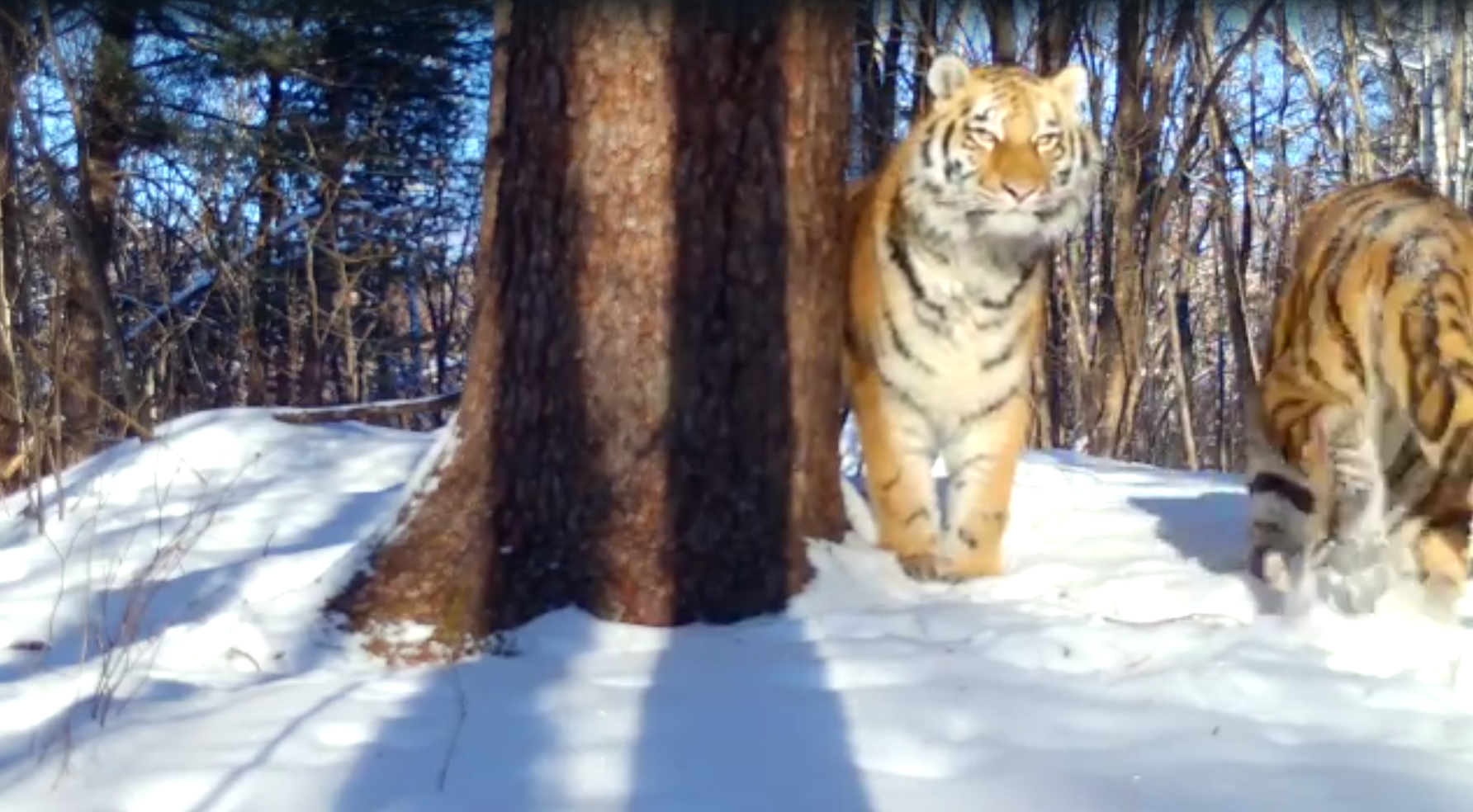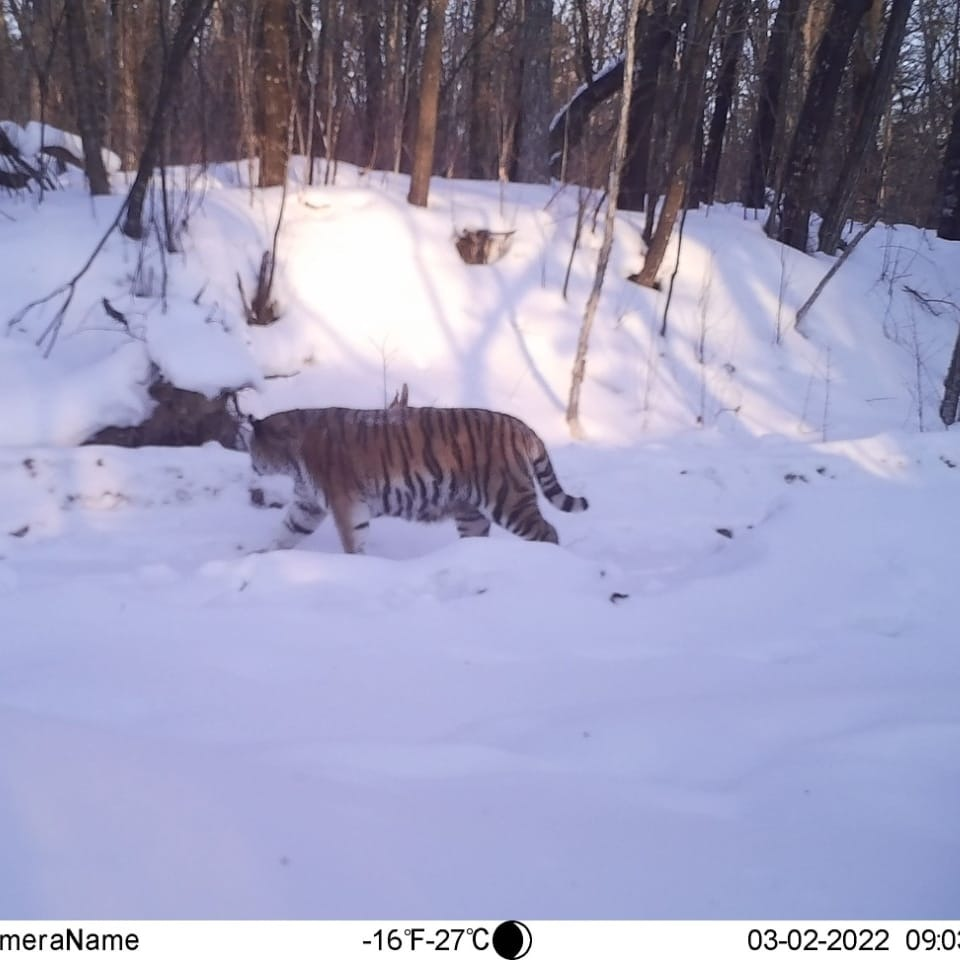
As we enter the Year of the Tiger of the Chinese calendar, The A.N. Severtsov Institute of Ecology and Evolution RAS (IEE RAS) has made a significant contribution to the restoration of the population of this predator in Russia. As part of a project supported by the Russian Geographical Society, the Institute has restored the tiger population in the northwest of its range - in the Jewish Autonomous and Amur regions.
The tigress Zolushka (“Cinderella”) is the first tiger that was released by specialists from the IEE RAS and colleagues from the Special Inspectorate "Tiger" in 2013. It was she who became the matriarch of the recreated group. In the winter of 2012, at the age of about 4-5 months, she was found emaciated in the forest, with frostbite on the tip of her tail, with minimal chances of survival. Thanks to the capabilities of the Center for the Rehabilitation and Reintroduction of Tigers and Other Rare Animals, which was built in 2012 at the expense of the project, it became possible to fully work with the tigress. Specialists worked for two years to rehabilitate the animal, grow it to an age at which it is possible for a tigress to survive on her own in nature, and release her on the territory of the Bastak nature reserve. The work was carried out strictly in accordance with the stages of the technology for returning orphaned tiger cubs to nature, specially developed by scientists from IEE RAS.

Cinderella
Zolushka still lives in the territory of the Bastak nature reserve, she successfully hunts wild ungulates and has already brought three broods of tiger cubs. The good recent news is that her daughter from the second brood named Tala, born in nature from a wild tiger father, grew up, did not go far from the mother's habitat and also brought offspring - two tiger cubs that are successfully growing up and are in good physical condition, judging by the footage taken by camera traps in the Bastak nature reserve.
At the moment, thanks to the work initiated by IEE RAS, a group of breeding Amur tigers, numbering at least 20 individuals, have colonized the northwest of the tiger range (Rozhnov et al., 2021).
